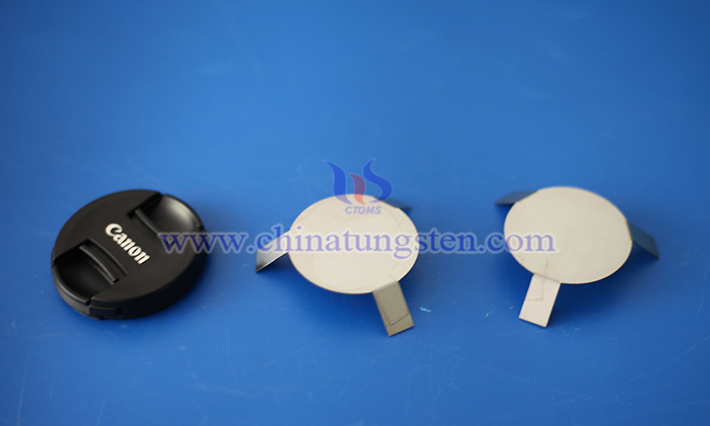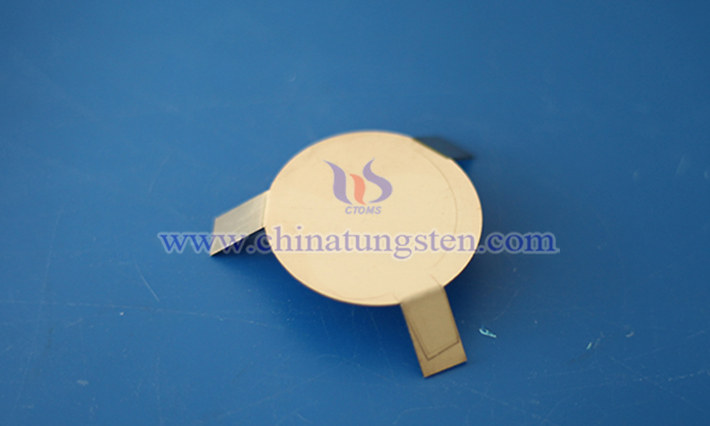What Are the Characteristics of Molybdenum Sheet?
- Details
- Category: Tungsten Information
- Published on Monday, 19 May 2025 15:03
Molybdenum sheet is a sheet-like material made from molybdenum metal through processes such as rolling. It is primarily used to produce reflective screens and covers in sapphire crystal growth furnaces, reflective screens, heating elements, and connectors in vacuum furnaces, as well as sputtering targets for plasma coating. It is a critical material in high-end manufacturing. The basic characteristics of molybdenum sheet are as follows:

Appearance: Molybdenum sheet is black-brown in color; if alkali-washed, it exhibits a silver-gray metallic luster. Flatness is less than or equal to 3%, with thicknesses ranging from 0.3 to 2.0 millimeters, lengths from 1,000 to 2,000 millimeters, and widths from 400 to 750 millimeters.
High Melting Point and Good Thermal Stability: Molybdenum has a melting point of approximately 2,623°C, surpassed only by tungsten, rhenium, and tantalum, far exceeding that of steel (about 1,538°C) and titanium alloys (about 1,668°C). This property allows molybdenum sheet to maintain structural stability in high-temperature environments (1,500-2,000°C) without softening or melting, making it an ideal high-temperature structural material.
Lower Density than Tungsten Sheet: The density of molybdenum sheet is 10.2 g/cm³, about half that of tungsten sheet (19.3 g/cm³) and 2.3 times that of titanium (4.5 g/cm³). Although denser than light metals like aluminum and magnesium, molybdenum sheet exhibits outstanding specific strength (strength/density) at high temperatures.

Strong Corrosion Resistance: At room temperature, molybdenum sheet remains stable in dilute sulfuric acid, hydrochloric acid, hydrofluoric acid, and many organic acids, resisting corrosion better than ordinary stainless steel.
Strong Oxidation Resistance: In relatively high-temperature environments, molybdenum sheet forms a dense molybdenum trioxide film on its surface, inhibiting further oxidation. However, at excessively high temperatures, the oxidation rate increases, requiring coating techniques or use in an inert atmosphere.
Excellent Thermal and Electrical Conductivity: At room temperature, the thermal conductivity of molybdenum sheet is lower than that of copper and aluminum, but its conductivity declines less at high temperatures, remaining superior to most alloys. Additionally, molybdenum's good electrical conductivity makes it valuable in electronic packaging and high-temperature wiring applications.
- Chinatungsten Online: ammonium-metatungstate.com
- CTIA GROUP LTD: en.ctia.group
- Tungsten News & Price: www.ctia.com.cn
- Molybdenum News & Price: news.molybdenum.com.cn
- Tel.: 86 592 5129696; Email: sales@chinatungsten.com